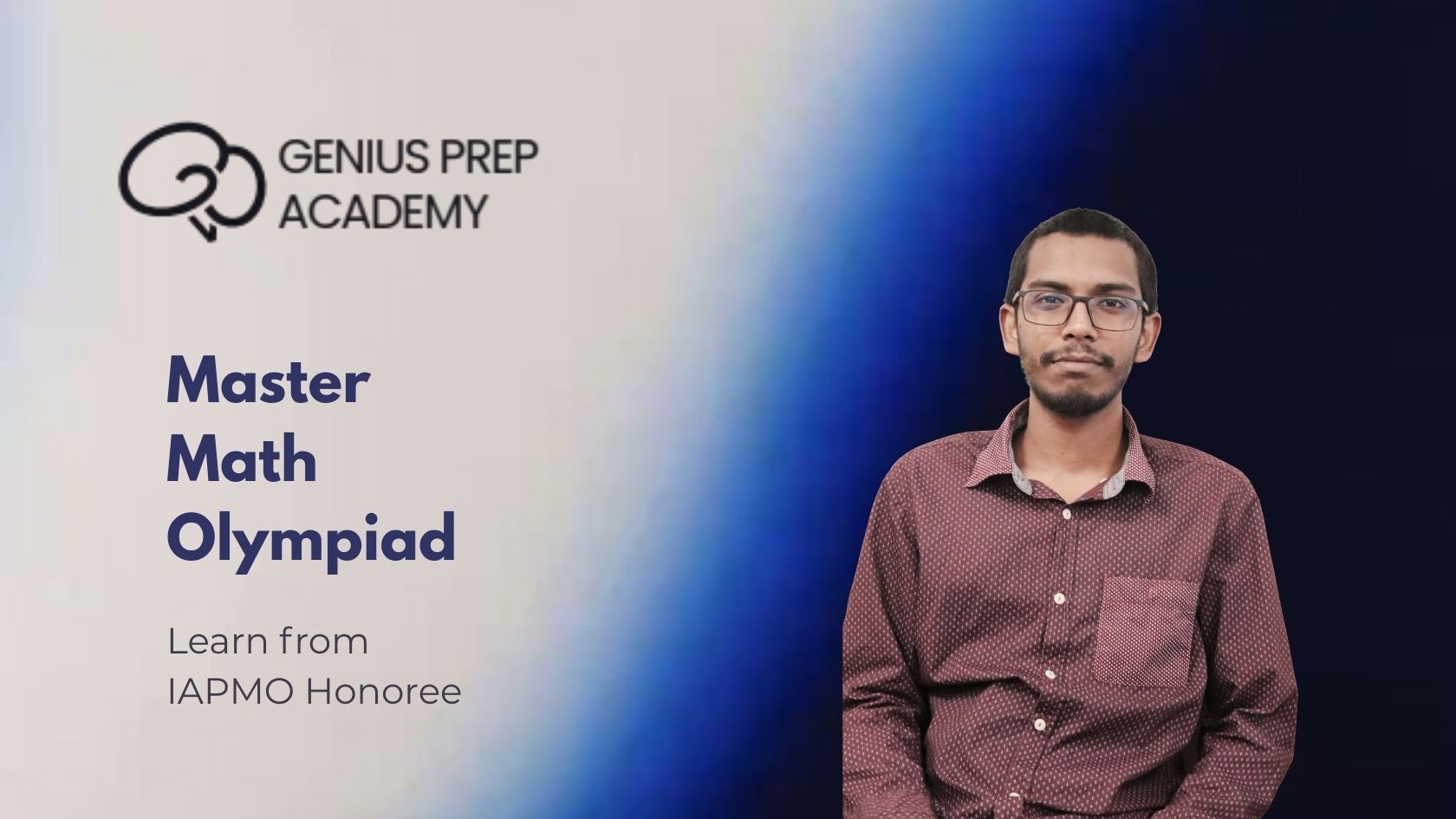
Maths
Olympiad
Understand number theory, combinatorics, geometry, and algebra in a way that finally makes sense, with clear proofs and problem walkthroughs, like solving puzzles together.
Hi, I’m Md. Golam Musabbir Joy, co-founder of Gonitzoggo
I began my journey with the Bangladesh National Math Olympiad (2014–2017), later attended the TST camps (2018–2019), and was honored with an APMO Honorable Mention in 2019.
Through Olympiads, I discovered the beauty of elegant ideas and the joy of sharing them with others.
In my classes:
We focus on clarity and the art of building a beautiful proof.
We challenge ourselves, laugh, and most importantly, learn together.
For me, math isn’t just about solving problems, it’s about discovering ideas that stay with you forever.
What You'll Learn
- Number Theory: You will dive into modular arithmetic, orders, and Diophantine techniques. For example, you will learn how to quickly determine the last digit of a huge power.
- Combinatorics: You will explore bijections, invariants, the Pigeonhole principle, and clever constructions. For instance, you will see why in any group of 13 people, at least two must share the same birth month, and how to count tricky arrangements by matching them to easier problems.
- Geometry: You will study similarity, transformations, and classic problem setups. For example, you will learn why the altitudes of a triangle always meet at a single point, and how rotating a figure can suddenly make a hidden relation obvious.
- Algebra: You will practice inequalities, functional equations, sequences, and identities. For instance, you will discover why the arithmetic mean is always greater than or equal to the geometric mean.
- Proof Craft: You will learn how to structure arguments, build lemmas, use notation, and write solutions graders will love. For example, instead of writing “it is obvious,” you will practice breaking an idea into clear steps that anyone can follow.
- Practice and Application: You will solve past-paper problem sets, take timed mock rounds, and work through annotated solutions. For example, you might attempt a Bangladesh National Math Olympiad problem under exam conditions, and then carefully study how a top solver wrote their proof.